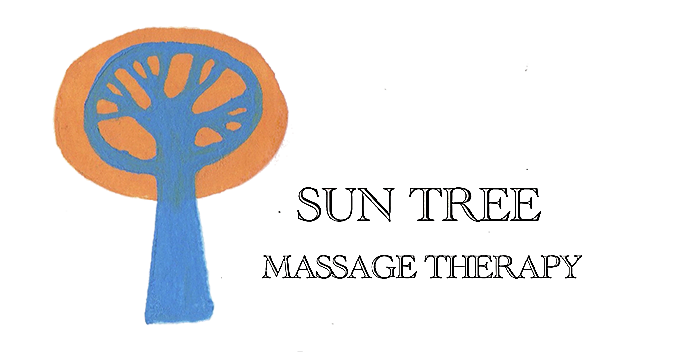
A trigger point is a localized, tender spot within the muscle that feels like a nodule, commonly referred to as a knot. This nodule usually occurs from overloading a muscle. Whether this is repetitively in exercise or acutely through a quick movement or lifting a heavy weight. It can even occur from sustained posture or sustained load like a heavy shoulder bag resting for hours on your shoulder. When we use a muscle, the many thousands of fibres within the muscle contract and move closer together and when relaxed the fibres separate out again into a resting position. When the muscle is overloaded, some of the muscle fibres will stay bunched together creating this tender nodule: the trigger point. Common areas for trigger points include the neck and shoulders, gluteal muscles, and calves.
Applying static massage pressure on specific trigger points literally squeezes the blood out of the tissue. This should be followed by a series of stroking techniques across the trigger point nodule. This gets good results with less irritation to the trigger point and less risk of bruising the skin and muscle. When repeated, it helps move the blood and lymph fluid out more efficiently. The lymph contains the accumulated waste that has been generated by the continuously contracted muscle fibres. When the person receiving treatment is encouraged to breathe into the applied pressure, fresh oxygen feeds the ‘stuck’ area of the trigger point and literally rinses it out.

Although the symptoms of trigger points are diverse, their most characteristic effect is referred pain or sensation, the displacement of pain or sensation from its source to some other part of the body. Headaches can be an example of this where the trapezius muscle (upper back/shoulder) has been overloaded from constant or repetitive contraction. This triggers a secondary pain response in the temples and possibly also into the masseter muscle at the angle of the jaw, up the side of the neck, behind the ear and deep behind the eye. Their effects are most often identified as ‘tension headaches’.
Referred pain is complex as is the nervous system. It happens because the nerves in your body are all connected. When your body experiences a pain stimulus, your nervous system carries the signal to your brain. The brain then sends a signal to your body that you’re experiencing pain.
Sometimes, because of how nerves are wired in your body, your brain will send a pain signal to a different part of your body than the area where the pain stems from.
Also, synapses and reflexes that you may not even be aware of can also be the reason pain signals are sent to one area of the body as a sign of a medical issue in another area.
This concept of ‘referred pain’ isn’t new. Pain sent from diseased internal organs to the musculoskeletal system has been familiar to physicians for many years.
I recently had a case where the person I was treating had pain which presented itself deep in-between the shoulder blades and right shoulder. We worked on this primary local site for a number of weeks with no real result. During consultation several weeks later, she started to talk about how she was experiencing rapidly intensifying pain in the right portion her abdomen. She was soon after diagnosed with Gall stones.
When designing a massage treatment where there is a specific location of pain, it is often useful to explore the whole body as a way of understanding the entire tension pattern. This is why good communication and feedback from the person receiving the massage is so important. It is essential that the pain barrier when receiving massage pressure is useful and not too much. Consultation before each treatment and aftercare gives the practitioner a chance to really understand what they are working with and helps them to provide the receiver with the right treatment for them.


